Icelandic Food Dishes: Basic Overview
Common Ingredients
Common Cooking Methods
Courses
Meals
Key Taste
Eating Etiquette
Meal Presentation
Culinary Festivals
Influence and Fusion
Popular Types of Icelandic Dishes
-
Bread and Doughs
In Iceland, bread and doughs range from dense, hearty rye bread like Rúgbrauð, to lighter, daily items.
These dishes use Iceland’s natural resources, with unique cooking methods like baking in hot springs.
-
Cakes and Pastries
Icelandic cakes and pastries often use local flavors like blueberries or rhubarb.
They feature a blend of traditional Nordic influences with a distinct Icelandic twist.
-
Fermented Dishes
Fermented dishes show historical preservation methods in the country.
These exotic dishes highlight Iceland’s culture in survival and tradition.
-
Desserts
Icelandic desserts commonly use dairy products. Skyr, in particular, is a good example.
These desserts are diverse in styles, cooking methods, and ingredients.
Icelandic dishes are characterized by their simplicity, purity, and reliance on locally sourced ingredients, reflecting the country’s geographical isolation and harsh climate. Traditional dishes often incorporate fish, lamb, and dairy products.
The abundance of seafood, including cod, haddock, salmon, and herring, plays a central role, often prepared through smoking, salting, or drying to preserve it. Lamb, reared in the wild Icelandic landscape, is known for its tender, flavorful meat, frequently used in stews and roasts.
Dairy products are integral to the Icelandic diet. Root vegetables and hardy grains like barley round out meals, while the use of greenhouses has introduced fresh vegetables into the modern Icelandic diet.
Overall, Icelandic dishes emphasize the natural flavors of their ingredients, with minimal use of spices, offering a taste experience deeply connected to the island’s environment and history.
After learning about the dishes of Iceland, don’t miss the chance to uncover the history of the country’s food along with some favorite refreshment pairings with these Icelandic specialties.
23 Most Popular Icelandic Dishes with Filters
Jump into Iceland’s dishes, which feature a diverse range of flavors and textures. Here’s a helpful tip, use the filter system to check out the dishes in alphabetical order, tastes, key ingredients, dish types, cooking methods, and worldwide popularity.
Next, don’t miss out on some big categories like the most popular delights, dishes of national significance, traditional meals, street foods, fusion, and exotic delicacies of Iceland.
Hákarl, fermented shark, is Iceland’s national dish. This unique delicacy uses traditional methods of food preservation.
Popular among locals and tourists alike, Icelandic street food includes the renowned hot dog, made with lamb or other meat.
Exotic offerings in Icelandic cuisine feature fermented foods like hákarl and unusual meats like sheep offal.
More and more Icelandic chefs have created fusion dishes by blending traditional ingredients with modern cooking techniques.
Rúgbrauð
- Traditional
Rúgbrauð is a bread of Iceland, made using rye and features two methods of creating, including overnight baking in a pot placed above the dying embers or burying it next to a hot spring and steaming it.
This bread tends to have a thick texture, with no crust and a slightly sweet taste. Nowadays, it’s commonly served with butter or an Icelandic type of smoked lamp called ‘hangikjot’.
To enjoy these bread slices, locals simply have them with chocolate or whipped cream for a lovely dessert. However, many unique sweet treats in Iceland also reuse the stale rúgbrauð to form a bread soup.
Flatkaka/Flatbrauð
- Traditional
Flatkaka is a rye pan-fried flatbread in Iceland which usually comes with line patterns of the iron cast roasting pan. It was believed to have first appeared in the 9th century and was baked on hot stones or direct ember heat.
The signatures of flakaka include a thin round shape, soft texture, and made without yeast. Today, the flatbread mainly revolves around frying in a cast iron pan before serving it in a quarter or half with mutton pate or smoked salmon.
Laufabrauð
- Traditional
Laufabraud is a traditional Icelandic bread for Christmas. Known as “snowflake bread, ” it is prepared Several days before Christmas, creating a round flatbread of around 6 – 8 inches (15 – 20 centimeters).
Making Laufabraud is pretty simple, as it’s all about frying them real quick. However, the leaf-like geometric pattern is what makes it so complicated as well as enjoyable to do.
The Icelander even invented specific utensils to create multiple patterns on leaf bread.
Snúður
- Traditional
Snúður is a soft rolled bread in Iceland filled with cinnamon and glazed with chocolate, vanilla, caramel, or sometimes just sprinkled with sugar.
The sweet treat is a common bread that you can find in almost any bakery in Iceland nowadays.
Unlike other Icelandic bread usually used in a meal or feast, snúður is more well-known as a treat for teenagers thanks to its sweetness and a warm touch of cinnamon to fight the cold.
Kleinur
- Traditional
Kleinur is an Icelandic interpretation of twisted doughnuts, sometimes called angel wings. The treat was also a familiar dish in Denmark before it appeared in Icelandic cookbooks in the late 18th century.
Locals often knead cardamom or nutmeg with the dough to add a warm flavor, making kleinur a Christmas treat. At bakeries, kleinur is often sold in a bag of around 10 pieces and enjoyed plain by locals.
Pylsa
- Street Food
Pylsa is a type of hot dog in Iceland influenced by the Danish during the 19th century. However, the Icelandic hot dog and sauce are the focal point of this specialty.
Traditionally, the hot dog contains equal parts of pork and beef or lamb. Alternatively, pylsa comes with multiple sauces for serving other lamb-based sausage, but Icelandic sweet mustard sauce is a popular choice.
To get the full experience, you should get an “ein med ollu” pylsa to get all the ingredients, including raw onion, crunchy deep-fried onion, Icelandic mustard, and remoulade sauce.
Kjotsupa
- Traditional
Kjotsupa is a traditional lamb soup that is a common choice in Icelandic families during the colder months. The warm meat soup primarily consists of lamb, carrots, potatoes, and Icelandic herbs.
Surprisingly, kjotsupa has been a traditional Icelandic soup since the settlement around 11 centuries ago.
Hangikjot
- Traditional
Hangikjöt is a dish in Iceland consisting of smoked lamb or mutton. The name translates to “hung meat,” referring to the old method of smoking the meat by hanging it from the rafters of a smoking pit or chimney.
This process imparts a distinct smoky flavor that is highly prized in Icelandic cuisine. Hangikjöt is typically served sliced, either cold or hot, and is a popular dish during the Christmas season.
It is often accompanied by boiled potatoes, peas, béchamel sauce, and sometimes red cabbage.
Svið
- Traditional
Svið is boiled or smoked sheep heads in Iceland, a well-known specialty coming from Norway. Also, the sheep head is smoked using the Tadreykt method and is usually served in a half-cut.
There is a rumor that eating the ears of svið is taboo since the eater can be accused of thief sins if they remove the sheep’s owner marks.
Also, eaters should break the little bone underneath the tongue. Otherwise, the family’s baby, who couldn’t speak yet, will remain silent for the rest of its life.
In contrast, the eyeball and the cheek meats are safe to eat and are the best parts considered by the Icelanders.
Hrútspungar
- Traditional
Hrútspungar is Icelandic ram testicles pressed and preserved in whey.
In Icelandic culture, hrútspungar pairs with svið, rugbraud, and other traditional foods in the mid-winter festival called Þorrablót.
Plokkfiskur
- Traditional
Plokkfiskur is an Icelandic fish stew that consists mostly of a combination of leftovers and whitefish. Nowadays, plokkfiskur mostly appears as a side dish with a slice of Rugbraud to mop up the white sauce.
Almost every Icelandic family creates its own version of plokkfiskur, some even have bacon, but chopped whitefish and potatoes are must-have ingredients.
Humar
- Traditional
Humar is lobster in Iceland, featuring a smaller variety of lobster or langoustine. People mostly eat its tail flesh once baked, grilled, or turned into a stew.
You can easily find prepared humar in any supermarket around Iceland. However, the locals believed that Hofn and Reykjavik have the best humar serving restaurants.
Harðfiskur
- Traditional
Harðfiskur is a dried fish in Iceland from around the 14th century. However, the locals believed their famous dried fish had followed the culture since the first settlements.
Due to the lack of supplements, harðfiskur used to be Icelandic people’s favorite dish for the main meals, thanks to its long-term storage. Ideally, this wind-dried fish is made with cod, haddock, or ocean catfish.
The fish also comes in a hard, chewy texture that becomes tender and flavorful when eaten. For serving, harðfiskur is served with butter to enhance the fragrance.
Hákarl
- Exotic
- National
- Traditional
Hákarl isn’t a shark meat dish created by Icelandics, known for its strong flavor when made using Greenland shark. Since the meat of this shark is naturally toxic for consumption, locals need to ferment it before drying it.
After 4 to 5 months, the meat is suitable for consumption. Nowadays, Hakarl is often served as an alcohol bait with butter.
For your information, hákari has a strong ammonia smell deeply infused into the meat, making it hard for newcomers to get over.
Hval
- Exotic
- Traditional
Hval, or whale meat, is a delicacy made with whale meat within Iceland’s seafood offerings. Despite controversies, a few restaurants offer dishes like whale steak.
Historically, whale hunting and its use for fuel and food significantly reduced whale populations from the 12th through the 19th centuries, leading to a ban in 1989.
The ethical considerations vary among individuals, but those who have experienced whale meat often describe it as unparalleled in flavor.
Skyr
- Traditional
Skyr is a dairy product in Iceland with a texture similar to thick yogurt. Interestingly, skyr is actually a soft cheese from Iceland created using pasteurized skim milk.
The fermentation process and the straining of the whey result in a creamy, high-protein, low-fat product that is rich in calcium.
Traditionally served cold with milk and a topping of sugar, skyr today is also enjoyed with fruit, granola, or used as an ingredient in various recipes.
Hrísgrjónagrautur
- Traditional
Hrísgrjónagrautur is a traditional Icelandic rice pudding, a comforting and simple dessert made from rice, milk, and sugar. The treat is usually served at the end of the year.
People also call it Yule pudding beside the usual name Hrisgrjonagrautur. This Icelandic dessert is often a combination of leftover rice or bread with sweetened milk.
Sometimes the Icelanders also substitute sugar with salt to create a lunch meal. In some families, it’s customary to hide a single almond in the pudding, and the person who finds it is said to receive good luck or a small prize.
Brúnaðar Kartöflur
- Traditional
Brúnaðar kartöflur is a sweet side dish of Iceland often served with fried meat or roasted poultry. This dish features small, round potatoes that are first boiled and then pan-fried with sugar and butter until they are caramelized to a golden brown.
You can either serve brúnaðar kartöflur warm or chilled with various choices of accompaniments.
Lakkris
- Traditional
Lakkris is a salty licorice candy enrobed in dark chocolate beloved among Icelanders. In Iceland, licorice is not merely a candy; it’s one of the most cherished flavors.
The unique preference for licorice, especially the salty variety that Lakkris offers, highlights the Icelandic palate’s distinctive taste and the cultural significance of this flavor in their culinary landscape.
Pönnukökur
- Traditional
Pönnukökur is a pancake in Iceland with a larger yet thinner and less dense profile than the familiar American versions.
You will often encounter this treat with skyr in any classic Icelandic breakfast meal. The pancake can be stuffed with eggs for lunch or jam and whipped cream for desserts.
The batter for pönnukökur typically includes milk, eggs, sugar, and flour, resulting in pancakes that are light and slightly sweet. They are cooked on a skillet or a special Icelandic pancake pan until golden brown.
Bragðarefur
- Fusion
- Traditional
Bragðarefur is a traditional Icelandic ice cream which is essentially a type of custom-made ice cream mix.
It starts with a base of soft-serve vanilla ice cream, to which customers can add a variety of mix-ins such as candies, fruits, cookies, chocolate, and sauces.
The chosen ingredients are then blended together, creating a personalized ice cream treat that’s both creamy and packed with the chosen flavors.
Slátur
- Exotic
- Traditional
Slátur, derived from the Old Norse word for “slaughter,” is a traditional Icelandic dish made from sheep’s offal. There are two main types of slátur, including “blóðmör” and “lifrarpylsa,” which are akin to the Scottish haggis.
Blóðmör is a type of blood pudding made by mixing sheep’s blood with suet, oats, or barley, and flour, while lifrarpylsa is a liver sausage made from liver and suet, seasoned with onions, oats, or barley, and herbs.
Both are encased in the sheep’s stomach and boiled. Historically, slátur was a way to ensure no part of the slaughtered animal went to waste. Today, slátur is often enjoyed in the autumn, following the annual sheep round-up.
Humarsúpa
- Traditional
Humarsúpa is a traditional Icelandic lobster soup, known for its rich and flavorful character. The soup mainly consists of langoustines, a type of small lobster found in the North Atlantic, which are prized for their sweet and tender meat.
The soup typically combines these langoustines with a base of onions, garlic, tomatoes, and aromatic herbs, simmered together to create a deeply flavorful broth. Cream or milk is often added to achieve a smooth and velvety texture.
Humarsúpa is usually garnished with fresh herbs and served with chunks of cooked langoustines.
What Is the History of Icelandic Food?
The history of Icelandic food is deeply intertwined with the island’s harsh climate, geographical isolation, and the resourcefulness of its people. Traditional Icelandic cuisine has been shaped by the need to preserve food through the long winter months:
There’s a growing interest in reviving old traditions, such as using geothermal heat for baking ryebread, alongside innovative approaches to using Iceland’s abundant seafood, lamb, and wild game.
When you’ve gone through the stages of Icelandic food development, check out some fine options of dishes with refreshments in Iceland.
What Icelandic Dishes to Pair with Beverages?
Pairing dishes with the beverages in Iceland cuisine can enhance the dining experience, allowing the flavors of both the food and the drink to complement each other beautifully. Here are some suggestions based on traditional Icelandic cuisine:
Also, if you find these dishes captivating, share them with your friend who also loves Iceland. Make sure to drop a comment sharing your ideas about Icelandic dishes.




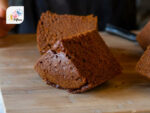

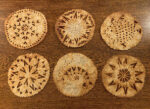




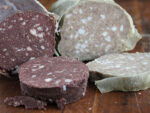
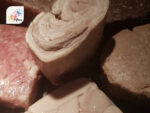
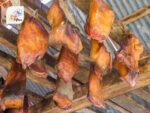
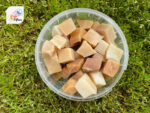

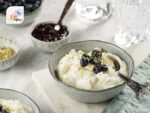
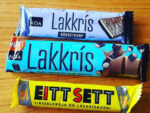
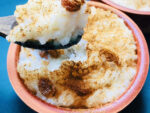
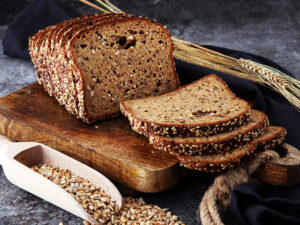
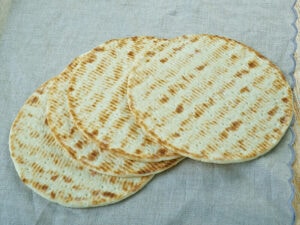
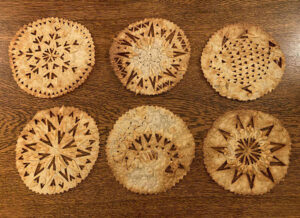
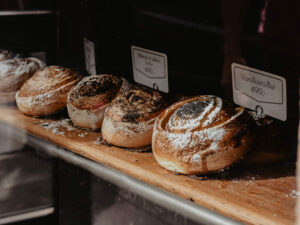
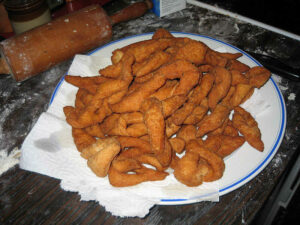
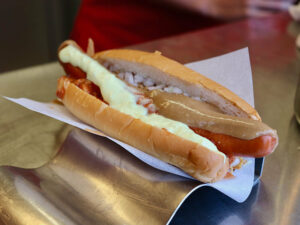
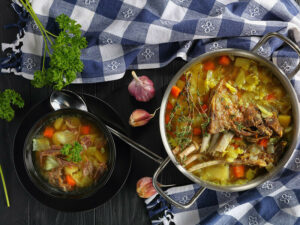
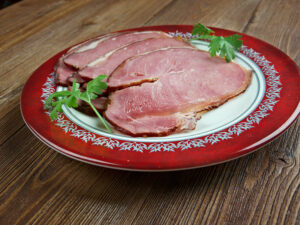
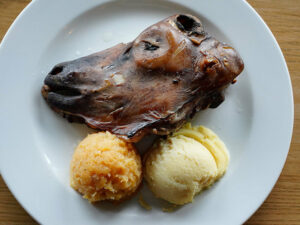
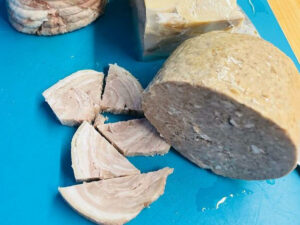
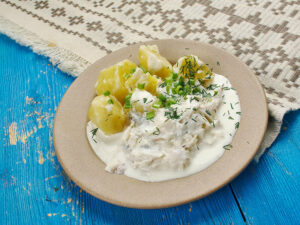
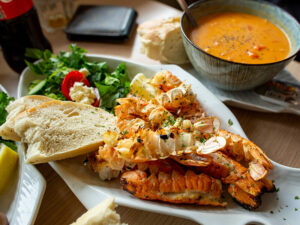
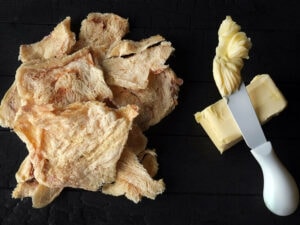
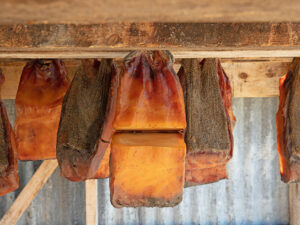
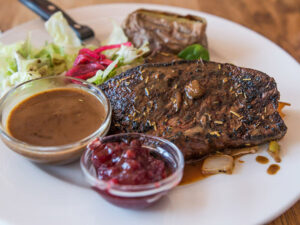
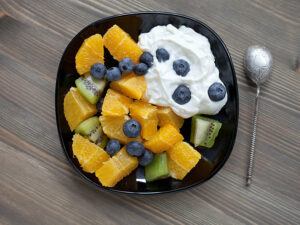
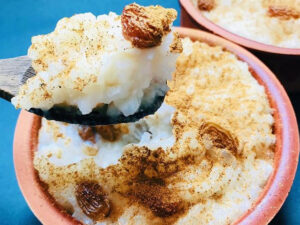
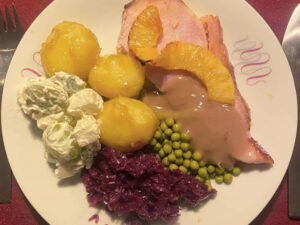
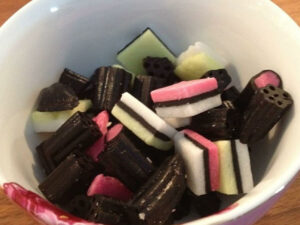
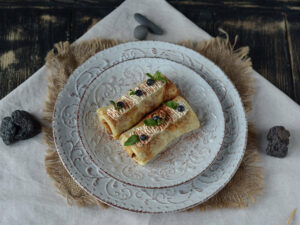

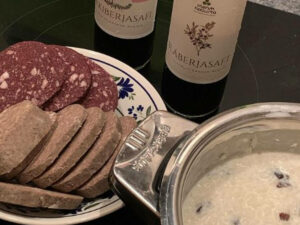
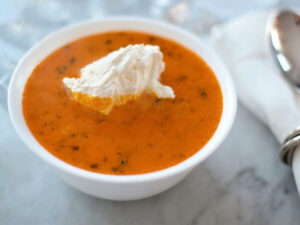
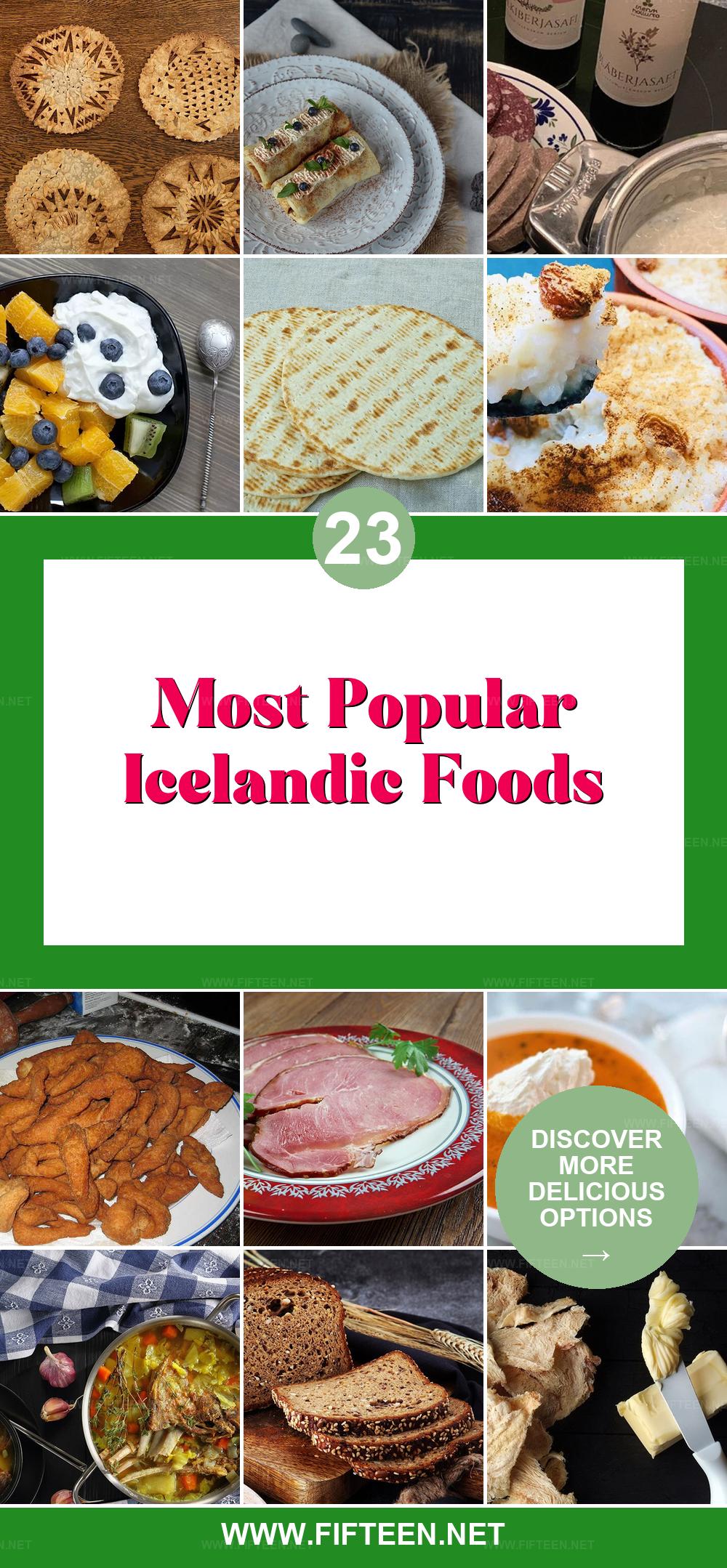
Jamie Scott
Editor in Chief, Senior Content Writer
Expertise
Home Cooking, Meal Planning, Recipe Development, Baking and Pastry, Food Editor, Cooking-video Maker, Western Food Evaluation Expert
Education
Le Cordon Bleu College of Culinary Arts
Local Community College, New York, NY
Jamie Scott is a skilled culinary expert and content creator specializing in Western cuisine. With over 15 years in the culinary field and formal training from Le Cordon Bleu, Paris, Jamie deeply understands how to blend nutrition with delicious flavors. His passion for cooking matches his commitment to making healthy eating accessible and enjoyable.
On Fifteen.net, Jamie brings a fresh perspective to classic dishes and beverages, offering readers insightful recipes, cooking tips, and a fresh view on meal planning that emphasizes taste, health, and simplicity.